Last updated on April 25th, 2024
Featured Image: Traditional Indigenous dance performance at the Museum of Anthropology at UBC in Vancouver / Photo credit: Kevin Arnold for Destination BC
How to support Indigenous tourism in Canada and the US
Indigenous tourism provides the opportunity for us, as travellers, to xperience destinations in a meaningful and authentic way. With demand for Indigenous tourism experiences growing in Canada, the US and elsewhere, this article is intended to share Indigenous tourism resources recommended by our community, Indigenous tour operators and organizations, travel writers and through our own experience. This page includes major awareness events, how to write about Indigenous peoples, books, documentaries and land acknowledgements. We also offer complimentary listings to Indigenous tour operators in our Women’s Travel Directory.
Special thanks to the Indigenous Tourism Association of Canada for reviewing the Canadian section and suggesting US resources, to JourneyWoman Jeanne Flaherty, who provided additional US resources, and to travel writing colleagues from the Society of American Travel Writers (SATW) and the Travel Media Association of Canada (TMAC), who made valuable contributions.
Have more resources to add? Please include them in the comments below or email [email protected].
Five Things You Can Do to Support Indigenous Peoples
1. Learn: Take a free course to learn about Indigenous Culture, like the one offered by the University of Alberta, or read a book like the one below
2. Teach your children and grandchildren (or ask them to teach you)!
3. Donate to residential school survivors or organizations that support Indigenous Peoples. The DownieWenjack Fund, established by the late Gord Downie of the Tragically Hip, is one option. Inspired by Chanie Wenjack’s story and Gord’s call to build a better Canada, the Gord Downie & Chanie Wenjack Fund aims to build cultural understanding and create a path toward reconciliation between Indigenous and non-Indigenous peoples.
4. Integrate Indigenous experiences and tours into your travel. In Canada, look for the “Original Original” branded mark to ensure the experience is an authentic one. Find an Indigenous Tour in our Women’s Travel Directory.
5. Use your voice: Share what you learn and experience with us and others. Advocate and teach.
* and yes, please capitalize the “I” in Indigenous
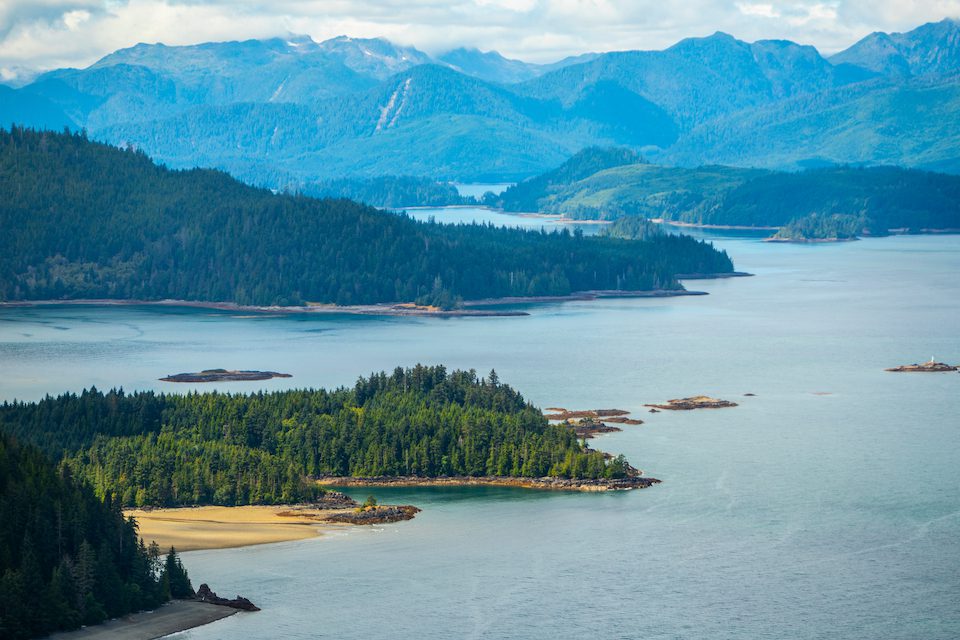
Haida Gwaii, British Columbia (photo from Indigenous Tourism BC)
Land Acknowledgements
Giving thanks, respect and honoring the land and ancestors was and continues to be a common practice within Indigenous communities. Land acknowledgments are a first step toward honouring the original occupants of a place. They also help us recognize and respect Indigenous peoples’ inherent kinship beliefs when it comes to the land, especially since those beliefs were restricted for so long. (Source: Local Love)
Acknowledgments commemorate Indigenous peoples’ principal kinship to the land—and the fact that we have not and cannot be erased from her, our collective first mother. They’re a starting place to a change in how the land is seen and talked about.
Territory Acknowledgement: Search a location to find territory acknowledgment information
Native Governance Centre: How to Create a Land Acknowledgment
Native-Land.ca
Native Land highlights territories, treaties, and languages across the U.S., Canada, and beyond. The site allows users to browse a global map or search by a zip or postal code and see colourful representations of the First Nations, Inuit or Métis territories any given location is within.
“The land is a mother that never dies” – Maori proverb
JourneyWoman’s Land Acknowledgment (used at webinars and events)
At JourneyWoman, we strive to be a place where all feel welcome. We are committed to creating the safest space possible, with the intention of helping to unearth the true value of each person who joins this community.
We wish to acknowledge that the land we are standing on today is the traditional territory of many nations and we wish to acknowledge and thank the First Peoples of this territory and other Indigenous Peoples for sharing this land in order for us to continue our work today.
You can also add specific names when mentioning the territory in your area:
- Anishnabeg Awe – Nish – Nah – Beck
- Haudenosaunee Hoe – De – Nah – Show – Nee
- Chippewa Chip – A – Wah
- Wendat When – Dat Inuit ᐃ (ee) ᓄ (nu) ᐃᑦ (eet)
- Métis May – Tee
“We are all visitors to this time, this place. We are just passing through. Our purpose here is to observe, to learn, to grow, to love… and then we return home” – Australian Aboriginal proverb
Indigenous Days and Months
Indigenous History Month in Canada (June)
National Indigenous Peoples Day in Canada is on June 21. This date was chosen as it coincides with the summer solstice, which holds great significance in Indigenous culture.
National Day for Truth and Reconciliation in Canada
September 30 is the National Day for Truth and Reconciliation, which commemorates the tragic legacy and impact of residential schools in Canada. The day remembers and honours those who were lost, those who survived, their loved ones and communities.
It’s also Orange Shirt Day, an Indigenous-led grassroots commemorative day that honours the children who survived residential schools and remembers those who did not. This day relates to the experience of Phyllis Webstad, a Northern Secwepemc (Shuswap) from the Stswecem’c Xgat’tem First Nation, on her first day of school, where she arrived dressed in a new orange shirt, which was taken from her. It is now a symbol of the stripping away of culture, freedom and self-esteem experienced by Indigenous children over generations.
On September 30, we encourage all Canadians to wear orange to raise awareness of the very tragic legacy of residential schools, and to honour the thousands of Survivors.
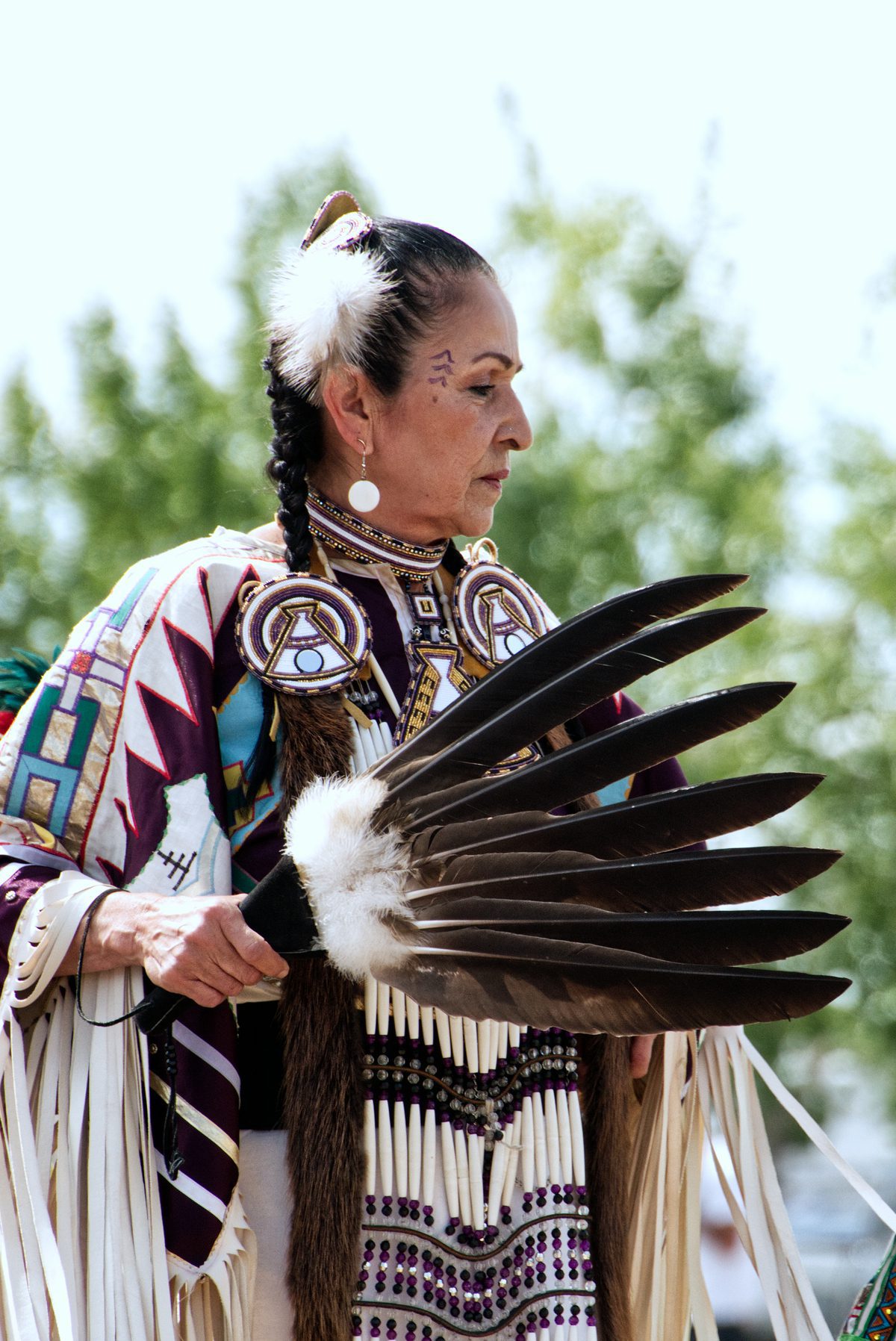
Leona Smith – Muskwa River Fancy Dancers – Fort Nelson First Nation – Fort Nelson, BC / Photo provided by Indigenous Tourism BC /Northern BC Tourism/Ryan Dickie
United Nations Declaration on the Rights of Indigenous Peoples (UNDRIP)
The United Nations Declaration on the Rights of Indigenous Peoples (UNDRIP) was adopted by the General Assembly on Thursday, September 13, 2007, by a majority of 144 states in favour, four votes against (Australia, Canada, New Zealand and the United States) and 11 abstentions (Azerbaijan, Bangladesh, Bhutan, Burundi, Colombia, Georgia, Kenya, Nigeria, Russian Federation, Samoa and Ukraine). Years later, the four countries that voted against have reversed their position and now support the UN Declaration.
According to the UN, it is estimated that there are more than 370 million indigenous people spread across 70 countries worldwide. Practicing unique traditions, they retain social, cultural, economic and political characteristics that are distinct from those of the dominant societies in which they live. Spread across the world from the Arctic to the South Pacific, they are the descendants – according to a common definition – of those who inhabited a country or a geographical region at the time when people of different cultures or ethnic origins arrived.
The new arrivals later became dominant through conquest, occupation, settlement or other means. Among the indigenous peoples are those of the Americas (for example, the Lakota in the USA, the Mayas in Guatemala or the Aymaras in Bolivia), the Inuit and Aleutians of the circumpolar region, the Saami of northern Europe, the Aborigines and Torres Strait Islanders of Australia and the Maori of New Zealand. These and most other indigenous peoples have retained distinct characteristics which are clearly different from those of other segments of the national populations.
Today the Declaration is the most comprehensive international instrument on the rights of Indigenous peoples. It establishes a universal framework of minimum standards for the survival, dignity and well-being of the Indigenous peoples of the world and it elaborates on existing human rights standards and fundamental freedoms as they apply to the specific situation of Indigenous peoples.

Brenda Holder is a Knowledge Keeper of Traditional Medicine and is the owner of Mahikan Trail (Photo: Travel Alberta)
Choosing the Right Words
The Indigenous Tourism Association of Canada has prepared an excellent Style Guide to help those writing about Indigenous Peoples, noting that “language is one of the many ways that has been used to oppress Indigenous Peoples. By being aware of the ways in which implied colonialism lives in language, you can re-frame the narrative and de-colonize your words.”
Tips:
1. Avoid using the past tense when you write about Indigenous Peoples. Indigenous Peoples are not a historical phenomenon; they have not been assimilated into Canadian culture and they have not lost their own rich, distinct cultures.
2. Do not use the possessive when talking about the Indigenous Peoples who live in a country. Canada doesn’t “own” the First Nations, Métis or Inuit Peoples who live in what is now called Canada. Avoid the phrase “Canada’s First Nations”. Instead, use “Indigenous People in Canada”, or “First Nations, Métis, and Inuit Peoples in Canada”.
3. Always choose Indigenous Style over Canadian Press style.
Indigenous
Elder
Oral Tradition
Clan
Traditional Knowledge
Indigenous Right
4. Recognize and respect distinct and diverse Indigenous Peoples. The Indigenous population in Canada is made up of Inuit, Métis, and some 634 different First Nations. Each has their own distinct Traditional Knowledge, culture and heritage. Avoid writing about ‘First Nations’ as though they are a homogenous group; instead, be specific and ask for people’s preferred self-declaration.
To read the full guide click here.
Canadian Resources
Tourism Associations
Indigenous Tourism Association of Canada
The Indigenous Tourism Association of Canada (ITAC) is a global leader in the marketing and development of Indigenous tourism experiences. ITAC’s members are Indigenous-owned and controlled businesses from every province and territory in the country. ITAC has a wonderful YouTube channel showcasing Indigenous voices.
ITAC and Destination Canada have announced Destination Indigenous to find and book Indigenous tourism experiences across Canada.
To learn about experiences and tours available in each province, visit:
The Power of Indigenous Tourism: We Have a Story to Tell
“We have a story to tell” is a video series produced by ITAC in partnership with Destination Canada.
Courses + Learning
Online Courses
Indigenous Canada MOOC
Indigenous Canada is a 12-lesson Massive Open Online Course (MOOC), developed by the University of Alberta’s Faculty of Native Studies, that explores Indigenous histories and contemporary issues in Canada, from an Indigenous perspective. Please click here to register.
Documentaries
CBC Short Indigenous Docs: Through our Eyes – a series. of short films by emerging indigenous storytellers.
CBC Radio: Unreserved is the radio space for Indigenous community, culture, and conversation. Host Falen Johnson is Mohawk and Tuscarora (Bear Clan) from Six Nations Grand River Territory. She takes you straight into Indigenous Canada, from Halifax to Haida Gwaii, from Shamattawa to Ottawa, introducing listeners to the storytellers, culture makers and community shakers from across the country.
Myseum of Toronto: In Conversation with Duke Redbird and David Crombie: Elder Duke Redbird and former Toronto Mayor David Crombie have a long history together through their many contributions to the City of Toronto.
The Witness Blanket
Inspired by a woven blanket, a large scale art installation made out of hundreds of items reclaimed from Residential Schools, churches, government buildings and traditional and cultural structures including Friendship Centres, band offices, treatment centres and universities, from across Canada. Learn more here.
“We seem to have lost the wisdom of the indigenous people, which dictated that in any major decision, the first consideration was ‘How will this decision we’re making today affect our people in the future? These days, decisions are made based on the bottom line.” – Jane Goodall
Featured Book
“Braiding Sweetgrass: Indigenous Wisdom, Scientific Knowledge and the Teaching of Plants” by Robin Wall Kimmerer
Recommended by Nora and Carolyn
As a botanist, Robin Wall Kimmerer has been trained to ask questions of nature with the tools of science. As a member of the Citizen Potawatomi Nation, she embraces the notion that plants and animals are our oldest teachers. In Braiding Sweetgrass, Kimmerer brings these two lenses of knowledge together to take us on “a journey that is every bit as mythic as it is scientific, as sacred as it is historical, as clever as it is wise” (Elizabeth Gilbert).
Drawing on her life as an indigenous scientist, a mother, and a woman, Kimmerer shows how other living beings—asters and goldenrod, strawberries and squash, salamanders, algae, and sweetgrass—offer us gifts and lessons, even if we’ve forgotten how to hear their voices. In a rich braid of reflections that range from the creation of Turtle Island to the forces that threaten its flourishing today, she circles toward a central argument: that the awakening of a wider ecological consciousness requires the acknowledgment and celebration of our reciprocal relationship with the rest of the living world. For only when we can hear the languages of other beings will we be capable of understanding the generosity of the earth, and learn to give our own gifts in return. Learn more here.
Other Recommendations
8 Indigenous Women’s Voices You Need to Hear, from the Canadian Women’s Foundation
35 Books to Read for National Indigenous History Month from CBC
Do you have books to recommend? Please share them here or email them to [email protected].
“Skywoman bent and spread the mud with her hands across the shell of the turtle. Moved by the extraordinary gifts of the animals, she sang in thanksgiving and then began to dance, her feet caressing the earth. The land grew and grew as she danced her thanks, fro the dab of mud on Turtle’s back until the whole earth. was made. Not by Skywoman alone, but from the alchemy of all the animals’ gifts coupled with her deep gratitude. Together they formed what we know today as Turtle Island, our home.” – Excerpt from the book, page 4)
Articles by Canadian Travel Writers
The Fascinating Evolution of Indigenous Tourism by Diane Selkirk, Toronto Star (May 2021)
Escape from Home with Indigenous Experiences for Summer by Claudia Laroye, Vacay.com (April 2021)
These Indigenous women are reshaping Canada’s tourism industry by Jessica Prupas, National Geographic (November 2020)
12 Immersive Indigenous Experiences in Canada by Indigenous Tourism
The Incarcerated Inuit Artists Who Carve to Support Their Families by Jennifer Bain (Atlas Obscura)
Inside the Cranbrook residential school that became a resort by Jennifer Bain (Canada.com)
Must-Do Aboriginal Tourism Experiences In Quebec For Authentic Canadian Culture by Kevin Wagar, The Wandering Wagars (May 2021)
In Kamloops, Rich Culture and Scenic Vistas Are Never Far Away by Linda Barnard, Vacay.com (November 2019)
Life on Manitoulin by Christine McNaughton (a wonderful source on all things Manitoulin Island in Northern Ontario).
How to Find Vancouver’s Vivid Outdoor Indigenous Art by Carolyn Heller (Montecristo Magazine)
Indigenous Artists Are Reclaiming Masks as a Source of Storytelling and Strength by Carolyn Heller (Atlas Obscura)
Road Stories: Canada’s First Peoples
Museums
Museum of Anthropology at the University of British Columbia
The Great Hall features sculptures, textiles, bentwood boxes, feast dishes and canoes from the Northwest Coast, being a spectacular space created by 15-metre high walls of glass and displaying large poles, house posts and carved figures, mostly from the mid-19th century. Works by contemporary artists are also featured including Welcome Figure by Nuu-chah-nulth artist Joe David, Bone Box by Haida artist Michael Nicoll Yahgulanaas, and yaahl kingnganggang (Raven Calling) by Haida artist Robert Davidson. The Museum has the world’s largest collection of works by Haida artist Bill Reid.
Museum of Canadian History
https://www.historymuseum.ca/cmc/exhibitions/aborig/fp/fpint01e.html
Indigenous Remains at Residential Schools in Canada
Note: This may be disturbing to some.
On May 28, 2021, we learned of the discovery of the remains of 215 Indigenous children on the grounds of the former Kamloops Residential School in BC by Tk’emlúps te Secwépemc First Nation. Just weeks later, an estimated 751 unmarked graves were found on Cowessess First Nation, Sask. Sadly, we fear there will be more to come. As witnesses to these heartbreaking events, we can be allies to Indigenous communities on their path towards healing. We honour all residential school survivors, their families, and their communities.
National Centre for Truth and Reconciliation: Truth and Reconciliation Reports can be found here. Truth and Reconciliation Week is Sept. 27 – Oct. 1 2021.
Orange Shirt Day: September 30 is Orange Shirt Day, a time where Canadians across the country wear orange to raise awareness of the tragic legacy of residential schools, and to honour the thousands of survivors.
Orange Shirt Day was inspired by the story of Phyllis (Jack) Webstad, a residential school survivor. At the age of 6, Phyllis went to the St. Joseph Mission Indian Residential School wearing the bright-orange shirt bought by her grandmother. She said she felt “bright and exciting”, just like her shirt. But on the first day of school, her new shirt was forcibly taken from her, along with her dignity. This story is one of the many examples of harm that was inflicted upon the self-esteem and well-being of children who were forced to attend residential schools.
Canadian Shame: A History of Residential Schools | Ginger Gosnell-Myers | TEDxVancouver
Ginger Gosnell-Myers, of Nisga’a and Kwakwaka’wakw heritage, is a policy expert, researcher, and activist whose work focuses on removing barriers between Indigenous peoples and all Canadians while fostering cooperation through open communication. Ginger was the City of Vancouver’s first Indigenous Relations Manager, where she advanced Vancouver as the world’s first “City of Reconciliation,” and ensured that Indigenous recognition and meaningful inclusion was reflected throughout all City departments and plans. Ginger was a lead on the Urban Aboriginal Peoples Study, Canada’s largest research study on Indigenous people’s living in urban centres. She has held key roles in Greenpeace Canada, the Inspirit Foundation, the Urban Native Youth Association, and the Assembly of First Nations. Ginger’s ultimate goal is to advance reconciliation and promote understanding of Vancouver as an unceded territory. This talk was given at a TEDx event using the TED conference format but independently organized by a local community. Learn more at https://www.ted.com/tedx
National Inquiry Into Missing and Murdered Indigenous Girls (MMIWG2S)
The National Inquiry into Missing and Murdered Indigenous Women and Girls was launched in 2016 as a key government initiative to end the disproportionally high levels of violence faced by Indigenous women and girls. The Inquiry was also the Government of Canada’s response to the Truth and Reconciliation Commission’s Call to Action #41.e. (Source: Canada.ca)
According to the inquiry’s backgrounder, between the years 1980 and 2012, Indigenous women and girls represented 16% of all female homicides in Canada, while constituting only 4% of the female population in Canada. The inquiry was completed and presented to the public on June 3, 2019. A 2014 report by the RCMP, titled “Missing and Murdered Aboriginal Women: A National Operational Overview”, found that more than 1,000 Indigenous women were murdered over a span of 30 years. (Source: Wikipedia)
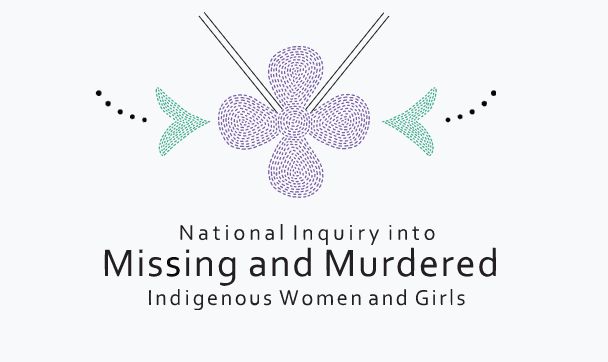
Vision: Indigenous women and Two-Spirit people have traditionally been revered as life-givers and caregivers. This is why we say, “our women and girls are sacred.” But Indigenous women and girls, including those who are 2SLGBTQQIA, continue to be devalued. All too many become the victims of violence.
Our vision for the National Inquiry is to build a foundation that allows Indigenous women and girls to reclaim their power and place. Read more here.
United States Resources
Please note: This section is still in development; suggestions are welcomed.
Tourism Associations
American Indian Alaska Native Tourism Association (AIANTA)
The American Indian Alaska Native Tourism Association (AIANTA) has served as the national voice for American Indian nations engaged in cultural tourism. Learn more here
Legends of America: Pueblo and Reservation Etiquette
Tourism SanteFe Pueblos Tribes Nations
Museums
National Museum of the American Indian
The NMAI cares for one of the world’s most expansive collections of Native artifacts, including objects, photographs, archives, and media covering the entire Western Hemisphere, from the Arctic Circle to Tierra del Fuego. https://americanindian.si.edu/
National Archives
American Indian Records in the National Archives: https://www.archives.gov/research/native-americans
The Heard Museum in Phoenix, Arizona
The Heard Museum is well known for its celebration of Native American art and culture, with a focus on tribes of the Southwest. Arts & crafts exhibits feature pottery, rugs and a mesmerizing collection of Hopi katsina dolls, called tithu in Hopi. https://heard.org/
The Museum of the Cherokee Indian in Cherokee, North Carolina
Tucked in the verdant foothills of the Great Smoky Mountains of western North Carolina, this informative museum tells the story of the Cherokee, who have lived in the region since the last ice age. The museum shares artifacts and history from across the centuries, with a compelling exhibit examining the Trail of Tears. https://visitcherokeenc.com/play/attractions/museum-of-the-cherokee-indian/
Articles
- 8 places to honor Native American heritage in the US (Lonely Planet)
- 11 indigenous-owned hotels in the US and Canada (Lonely Planet)
- Tourist-Friendly Indian Reservations in the US (USA Today)
- 10 Places for Native American Vacation Experiences with Your Family (Frommers)
- Most Native Americans live in cities, not reservations. Here are their stories (The Guardian)
Documentaries
Native Americans by Ken Burns: https://www.pbs.org/kenburns/unum/playlist/native-americans?
The West – Ken Burns (1996): https://kenburns.com/films/west/
The West, a nine-part series, chronicles the turbulent history of one of the most extraordinary landscapes on earth – a mythic landscape, simultaneously enticing and forbidding, filled with stories of both heartbreaking tragedy and undying hope. Beginning in the era when the land belonged only to Native Americans and ending in the 20th century, the film is populated by unforgettable historical characters, some famous and others relatively unknown – from gold seekers to cowboys to homesteaders to Indian leaders – whose competing dreams transformed the land, and turned the West into a lasting symbol of the nation itself, a tragic, inspiring intersection where the best of us met the worst of us and nothing was left unchanged. (Source: PBS)
This is just the beginning
We’d like to expand our information to include other countries and regions of the world. We are working on Australia and New Zealand with other regions to follow.
If you have suggestions please leave them here or email [email protected].

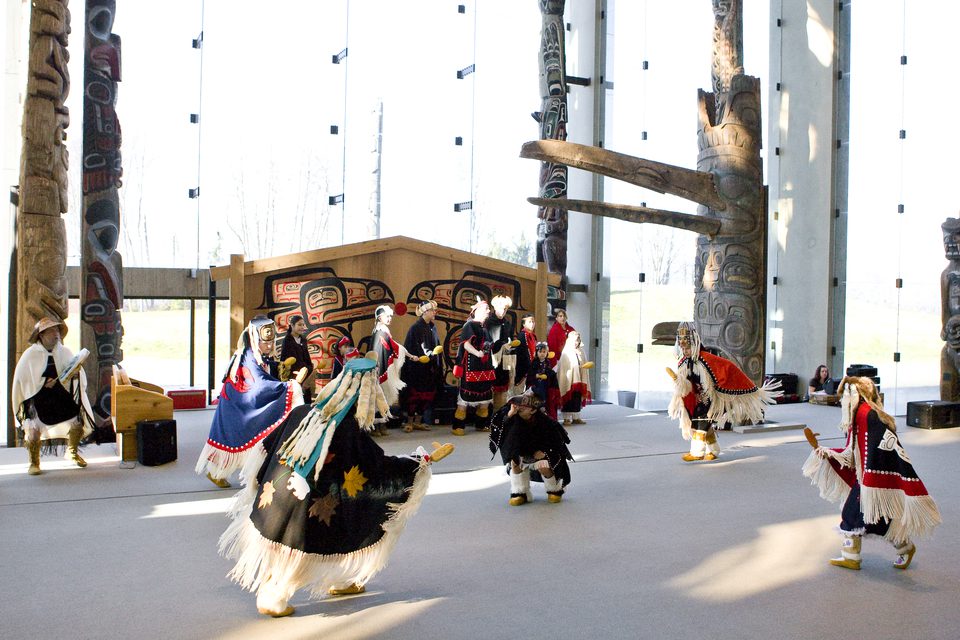

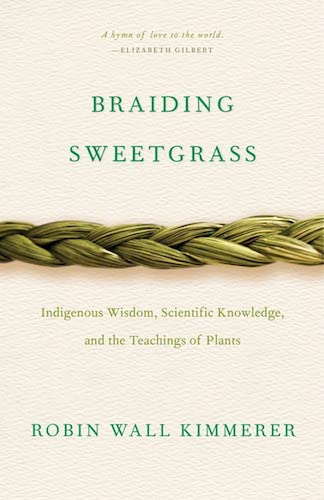
0 Comments
We always strive to use real photos from our own adventures, provided by the guest writer or from our personal travels. However, in some cases, due to photo quality, we must use stock photography. If you have any questions about the photography please let us know.
Disclaimer: We are so happy that you are checking out this page right now! We only recommend things that are suggested by our community, or through our own experience, that we believe will be helpful and practical for you. Some of our pages contain links, which means we’re part of an affiliate program for the product being mentioned. Should you decide to purchase a product using a link from on our site, JourneyWoman may earn a small commission from the retailer, which helps us maintain our beautiful website. JourneyWoman is an Amazon Associate and earns from qualifying purchases. Thank you!
We want to hear what you think about this article, and we welcome any updates or changes to improve it. You can comment below, or send an email to us at [email protected].